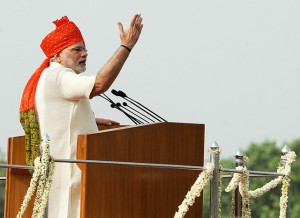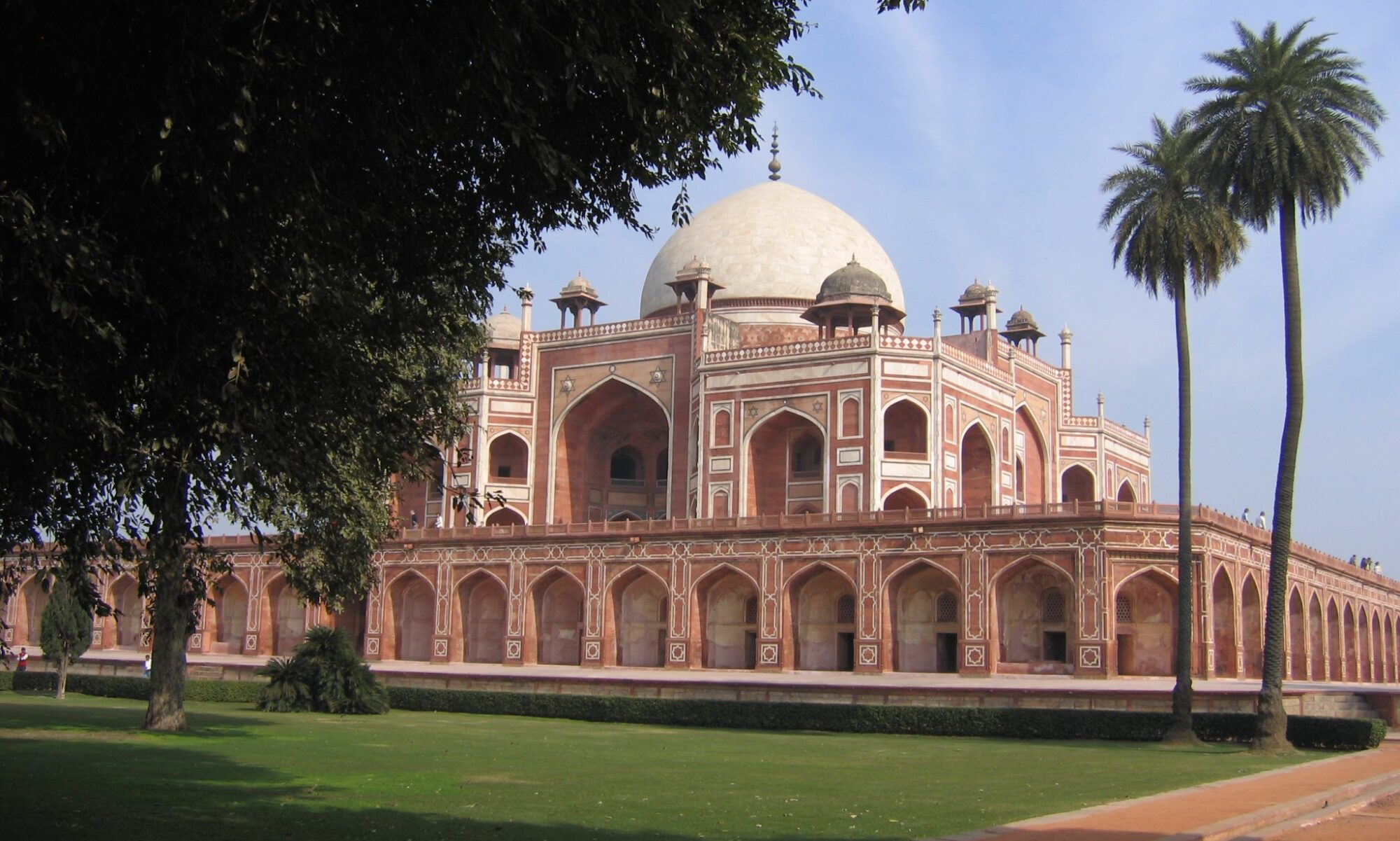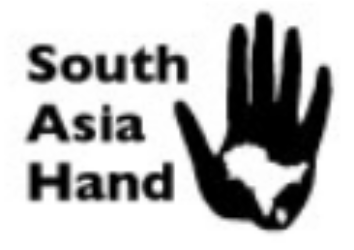(This article is adapted from remarks by Teresita Schaffer to the International Institute of Strategic Studies, Oslo, September 20, 2014.)

Indian Prime Minister Narendra Modi’s visit to Washington gives us an opportunity to look at the reasons the U.S. considers its relations with India strategic, and to reflect on how India-U.S. ties fit into India’s – and Modi’s – vision of India’s role in the world. The two visions still fit together a bit awkwardly, but this is a critical opportunity to continue the quest for better ways to work together. The United States and India have come a long way from the thin and chilly relationship of the Cold War era to a time when the two countries are developing a real partnership. The new global geopolitics was one reason Delhi’s relations with Washington expanded dramatically. At least as important was India’s surging economic growth, which put economic success within reach and trade, investment and energy at the heart of India’s global interests. A U.S.-India security relationship developed for the first time. The high point of their renewal came in 2005-9, when the U.S.-India agreement on civil nuclear cooperation was being negotiated. The stasis that followed was perhaps inevitable. Commercial disagreements soured the mood. A restrictive nuclear liability law has thus far prevented U.S. companies from building nuclear power plants in India. Decision-making slowed during the Congress government’s second term. The low point was the badly mishandled arrest of an Indian diplomat in New York in 2013. Modi’s surge in the months before India’s May 2014 polls posed a special problem for Washington. Modi’s U.S. visa had been revoked in 2005 under a just-passed provision of U.S. law that barred visitors who, when in public office, had caused “serious restrictions” of religious freedom. The charge arose from murderous anti-Muslim riots in Gujarat while Modi was chief minister there. Modi’s involvement, or at least willingness to turn a blind eye, was widely believed but never proved. The U.S. stopped high level contact with him, and the U.S. ambassador’s re-engagement came later than most other major countries’. The next day’s press showed a picture of a smiling Modi handing U.S. Ambassador Nancy Powell a huge bouquet of red roses, a pretty good metaphor for what happened next. With Modi likely to win, Washington’s mood shifted from nervousness to hope for a real re-set in a strategically important relationship. This budding optimism reflected the hope that the economic growth over which Modi presided in Gujarat would recur at the national level, strengthening U.S.-India economic ties that had become so important since the end of the Cold War. The day the election results were announced, President Obama telephoned his personal congratulations. Both the call and the press release mentioned that he had invited Modi to visit Washington. The U.S. was dramatically putting the visa issue behind it, and Modi’s acceptance helped set up the new beginning. Those of you who know Washington may recall that the U.S. government usually goes out of its way to avoid having heads of government pop down from the U.N. General Assembly to Washington. Inviting Modi to do just that was a special gesture for an important visitor. Rather than predict what happens during the visit, let me talk about how Washington assesses India’s strategic importance, and where a Modi government is likely to build it up (or not). I will then reflect on how Modi’s early foreign policy blitz fits into India’s competing visions of its global role. India’s strategic importance for the U.S. The strategic importance of India for the United States plays out along three main vectors: First, economic engagement: In sharp contrast to the vulnerable economy of Nehru’s and Indira Gandhi’s day, India had become a high growth economy before the global financial crisis struck. Trade now accounts for almost half India’s GDP – three times the percentage it represented in 1990. Restoring India’s 2007-9 growth path would lift millions of Indians out of poverty. It would also provide India with the resources and the international relationships to play a critical role in shaping global economic rules. Indian economic growth has usually gone hand in hand with more productive U.S.-India ties. Economic growth is at the top of Modi’s “to do” list. His priorities about how to achieve it focus heavily on big projects like infrastructure and “smart cities.” His government has sent mixed messages about two other ingredients in moving Indian growth forward. First, domestic policy. The government is moving slowly and carefully on some policies that are a significant problem for business (foreign and domestic), such as local content requirements and retroactive taxation. The end point is not clear. Second, integrating India more fully into the web of international agreements that expand trade and investment. Two recent actions send quite different signals. On the one hand, the Indian government in July decided to torpedo a WTO agreement on trade facilitation that the previous government had accepted after painstaking negotiations to safeguard India’s food security needs. This is troubling to Washington, and left many of India’s other friends around the world wondering once again if India is the “country that can’t say yes.” On the other hand, the new government has now signed an agreement on free trade in services with ASEAN, which signals that the path of trade agreements it embarked on in the past five years is alive and well. India’s business-friendliness at home and integration with the international economy have an outsized importance for its relationship with the United States, so there will be many observers trying to read those tea leaves. The second vector for U.S.-India relations is regional security. Rahul has already spoken about the Modi government’s approach to its South Asian neighbors (anything to add here?). But there is another dimension which I consider a success story. For the past decade at least, it has been increasingly apparent that India and the United States have very similar concepts of the drivers of Asian security – meaning the region to India’s east. Both want cooperative relations with China; both seek a thick network of relationships with the other significant powers in Southeast and East Asia (Japan, Australia, Korea, the Asean countries); neither wants to see China emerge as the dominant player in the region. I expect this strategic convergence to continue. I do not expect India to “fit in” to U.S. policy – or vice versa. Rather, I think both countries’ interests will, generally speaking, push their policies in similar directions. Modi’s early, strong opening to Japan and China reinforces this. He is looking to make ties with Japan increasingly strategic, and to intensify the move toward bigger economic ties with China that has been under way for a decade or so, ideally with more balanced trade. The third dimension is global relationships. This has been a troublesome area for the U.S. and India in the past. Think of our difficulty working together in the United Nations, the WTO, and climate change talks. Will we succeed in finding more scope for global cooperations? There’s an interesting contrast here with China: India and China often work together quite well in multilateral settings, and both are members of BRICS. On the other hand, the U.S. and India do best in the bilateral and East Asian setting, where India and China have more trouble. Modi and India’s Global Vision In concluding, let me take a step back and consider how Indian governments have envisioned their role in the world. There is a broad consensus that India is a “civilizational power,” and that the greatness of its ancient civilization should be reflected in its global role. There is also consensus in post-independence India on two more concrete points. First, Nonalignment, Nehru’s signature concept. After the Cold War, the meaning of this term merged, in a way, with the concept of “strategic autonomy,” the idea that no outside power should have excessive influence (or even the appearance of influence) on India’s policy. Second, primacy in South Asia and the Indian Ocean. This is a policy commitment India shared with its previous imperial overlords. Modi shares both these consensus points. The “Nehruvians” in India’s policy debate tended to favor diplomacy and, at least theoretically, multilateralism as means of achieving India’s goals, whereas the nationalists, the tradition in which Modi has his political home, privileged a strong military. After the Cold War, a third element was added to these two features of India’s global vision: potential economic greatness, and in the short term a commitment to pursue India’s trade, investment and energy needs through foreign policy. The classic nationalist perspective did not place much emphasis on economics as a path to India’s desired global role. Modi does, and is clearly giving his economic ambitions a strong nationalist flavor. This is the perspective in which I look at the foreign policy blitz of Modi’s first four months in office. His South Asian outreach was a combination between India’s traditional commitment to primacy and his own showmanship, “charm offensive,” with one abrupt closing off of talks with Pakistan. The “great power outreach” that followed – visiting Japan and the U.S., the BRICS summit, receiving China’s President Xi – was focused on building up India’s investible resources to implement Modi’s ambitious goals for the national economy, as well as on showing India as playing in the big leagues. Don’t expect that the results will be instantaneous, but I would be very surprised if they didn’t turn out to be significant.

